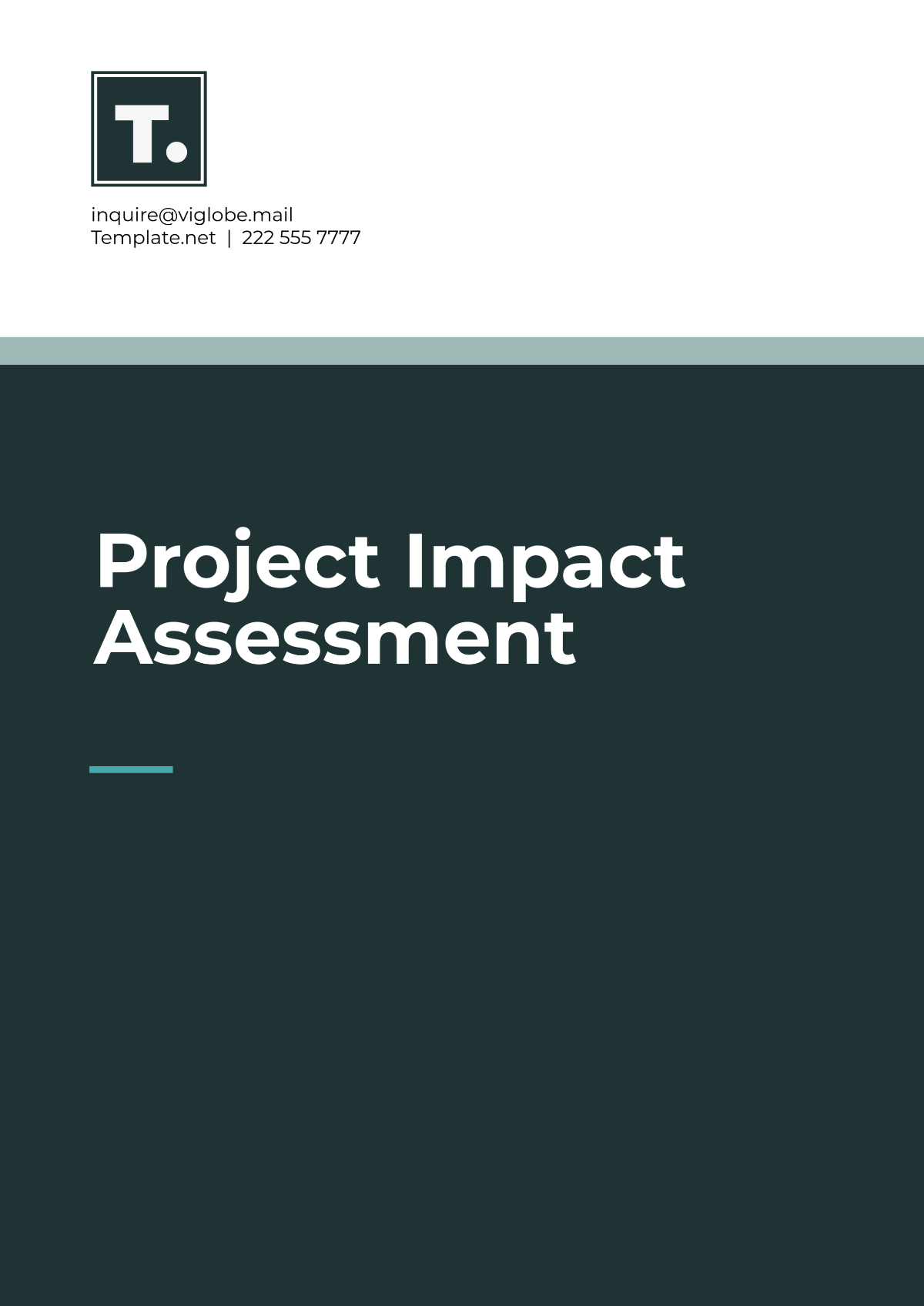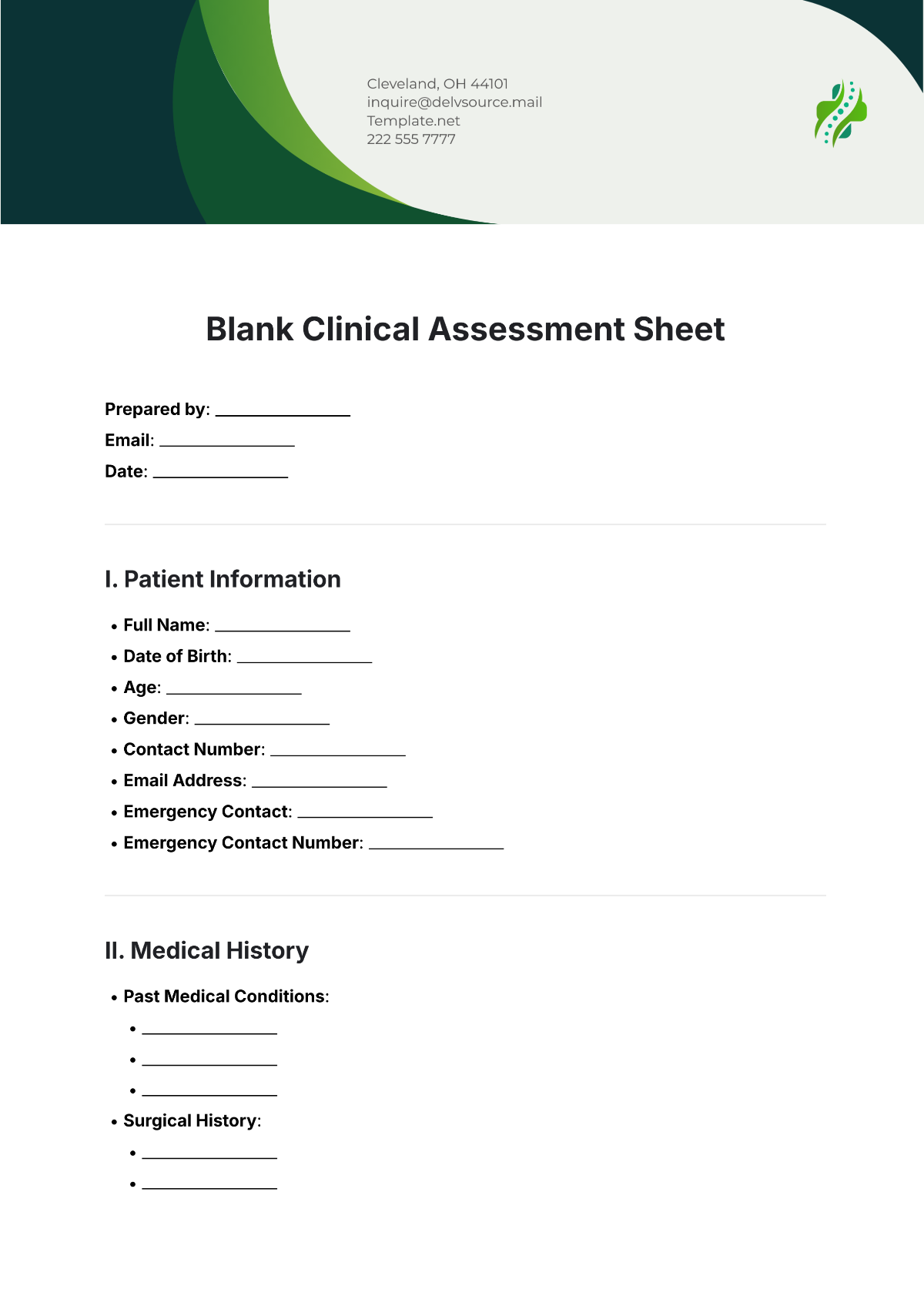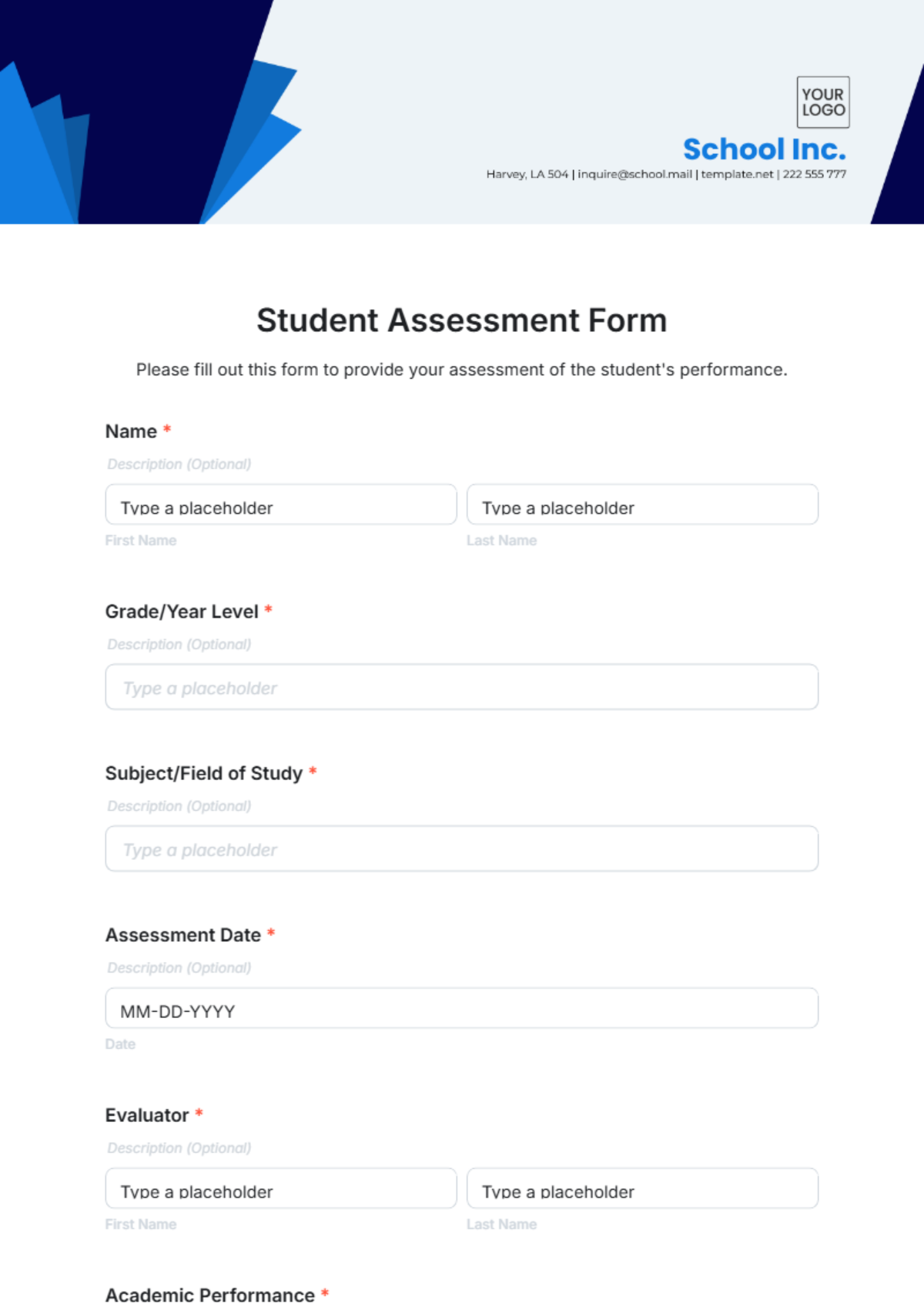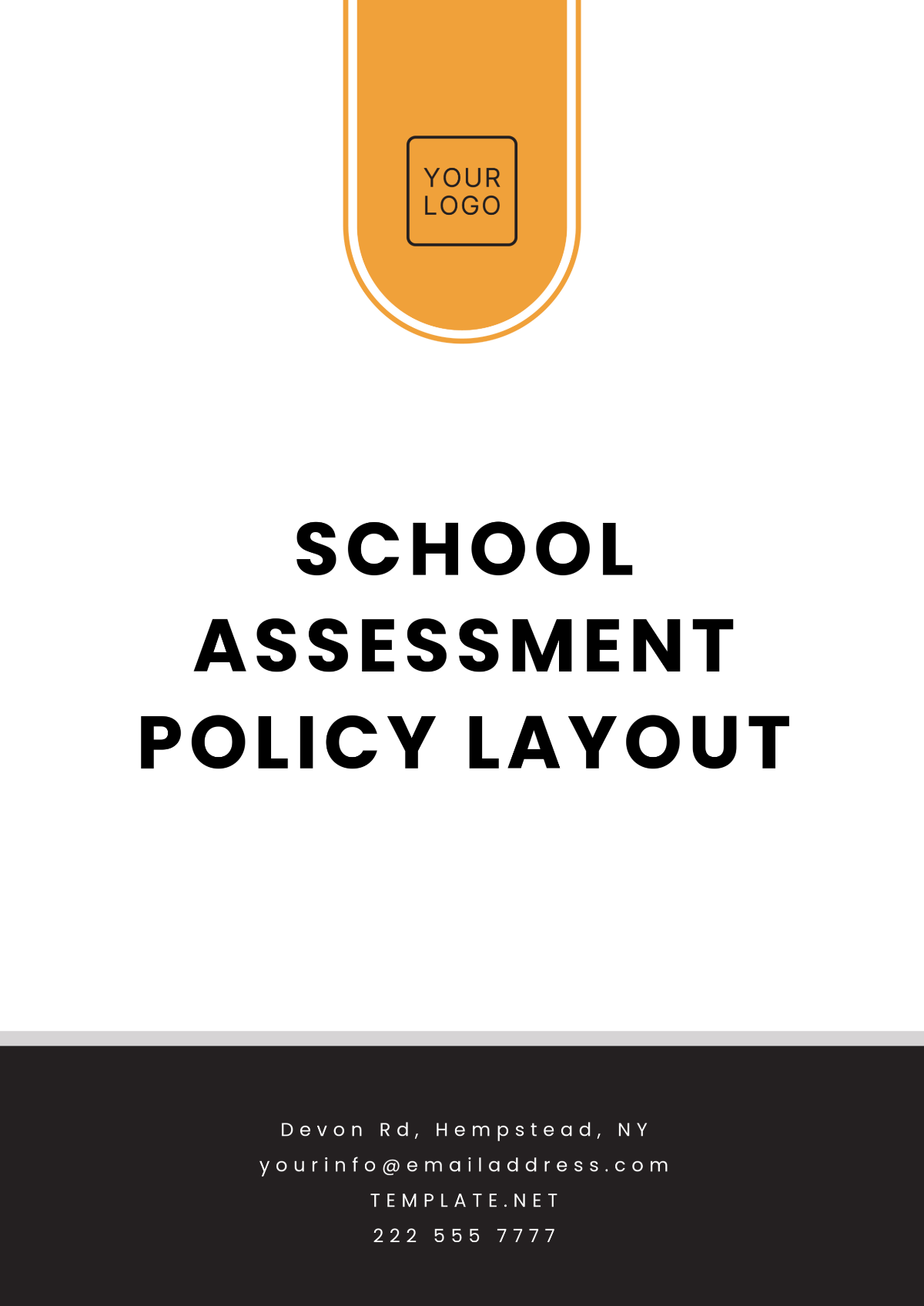Product Use Observational Study
Prepared by: [YOUR NAME]
Date: [DATE]
I. Introduction
The objective of this product use observational study is to understand how users interact with the product, identify usability issues, and gather insights that can inform product improvements. The study spans multiple user demographics and seeks to capture real-world usage to ensure the product meets the needs of its target audience. This research is significant as it helps improve user satisfaction, enhance product features, and increase overall market competitiveness.
II. Methodology
To guarantee data that is both robust and comprehensive, the study was carried out in the following manner:
Participant Selection: A diverse group of 50 participants representing different age groups, genders, and tech-savviness levels was selected.
Observation Techniques: Participants were observed in a natural setting using a combination of direct observation, video recordings, and screen capture software to monitor interactions with the product.
Data Collection Methods: Data was collected through observation notes, post-use interviews, and usage analytics. All data were anonymized to protect participants' privacy.
III. Findings
The following is a detailed account of the key behaviors and usability issues that were observed in the course of our study:
Behavior/Issue | Description |
|---|---|
Navigation Difficulties |
|
Feature Overload |
|
Effective Shortcuts |
|
IV. Analysis
The observations offer in-depth and perceptive findings, revealing numerous unique patterns and trends, and they emphasize various recurring behaviors and steady developments, thus creating a thorough depiction of the underlying dynamics involved.
Complexity vs. Usability: There is a clear trade-off between the product's feature richness and its usability. Simplifying the interface without sacrificing functionality could enhance user experience.
Learning Curve: New users struggled to understand and use the system, highlighting the urgent need for better onboarding processes and more detailed guidance to help them navigate and master the platform effectively.
User Adaptation: Over time, users grew more accustomed to the product's nuances and unique characteristics, highlighting the importance of ongoing engagement and dedicated support to fully harness its capabilities and ensure a positive and effective user experience.
V. Recommendations
Taking into consideration the findings that were obtained through the detailed analysis and comprehensive evaluation, the following recommendations are being suggested for implementation:
Revamp Navigation System: Redesign navigation to be more intuitive by simplifying menus, using clear labels, and making frequently used features easily accessible to enhance user efficiency.
Implement Customizable Interface: Develop an interface that lets users customize their workspace by showing or hiding features, helping them focus on essential tools and reducing cognitive overload.
Integrate In-App Guidance: Add interactive tutorials, tooltips, and contextual help to assist new users with step-by-step instructions and troubleshooting tips, speeding up the learning process.
Establish Feedback Mechanisms: Set up in-app surveys and feedback forms to gather user input regularly, using this data to make continuous improvements and adapt the product to user needs.
VI. Conclusion
This study has illuminated numerous crucial areas where the product requires enhancements. By focusing on the identified usability issues and incorporating the provided recommendations, the product has the potential to greatly increase user satisfaction and engagement. The subsequent steps involve conducting user testing after the implementation of these changes to assess their effectiveness, as well as consistently monitoring user feedback to ensure that the product continues to improve over time.
VII. Appendices
Appendix A: Observation Tools: Detailed descriptions of the tools and software used for observation.
Appendix B: Raw Data: Anonymized data collected from the study, including observation notes and usage analytics.
Appendix C: Additional Details: Supplementary information and background on the study's methodology.

















































